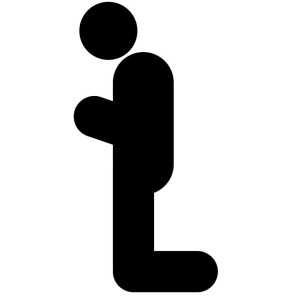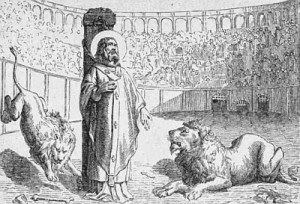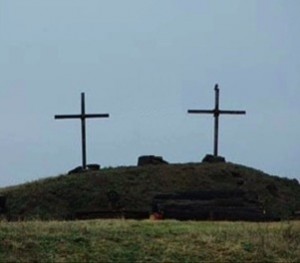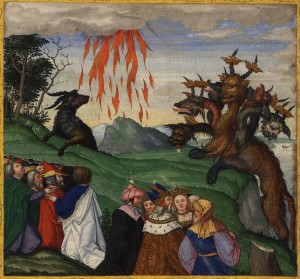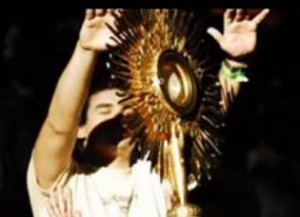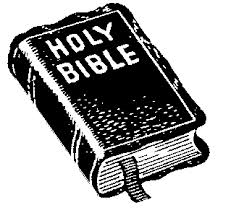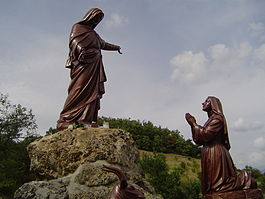
Those who have been reading this blog for any length of time are at least peripherally aware of the eschatology espoused here. We believe that the prophesied Antichrist of which we are warned by the apostles and prophets was manifested in the rise of Roman Catholicism and is personified in the Papacy of Rome. As we noted last week, in The Fourteenth Diocese, Daniel foresaw that the Antichrist would emerge among of the thirteen fragments of the Roman Empire, would uproot three dioceses in the process, subduing their three metropolitans, and rise up among the remaining ten, growing “more stout than his fellows” (Daniel 7:8,20-22,24-26). That is precisely what Roman Catholicism did as it claimed Rome, Alexandria and Antioch as a single See of St. Peter, aggregating for itself the three Dioceses of Italy, Egypt and Oriens. The papacy of Rome is the Little Horn of Daniel 7 and the dioceses of Diocletian’s reorganization are the other horns of the vision. That reorganization into dioceses began in 293 A.D., and was completed by the end of the fourth century. As prophesied, Roman Catholicism emerged during that time frame when the Papacy came up among the dioceses, “speaking great things” (Daniel 7:8).
Continue reading It’s About the Bread
 Follow
Follow